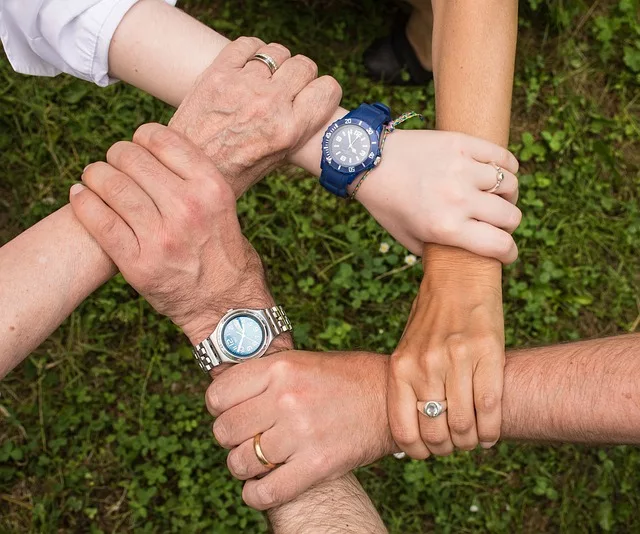Alcohol Related Death
Alcohol-related deaths have been increasing at an alarming rate for both men and women in recent years. This concerning trend is especially pronounced among women, surpassing the increase seen in men across various demographic categories, such as race, ethnicity, age, cause of death, and geographical region.

The findings of recent studies have raised significant concerns from a public health perspective. It is crucial for healthcare professionals to take note of these trends and tailor their screening, interventions, and treatment strategies accordingly. Factors such as differences in body composition, metabolism, and hormonal levels between men and women can influence how alcohol is absorbed and processed in their bodies, as well as the impact it has.
Drinking Patterns In Women
It is important to recognize that problematic drinking patterns in women may look different from those in men, yet they can have similar harmful effects. Therefore, it is essential to screen for alcohol use disorders, particularly in primary care settings, and identify individuals at risk as early as possible.
Both men and women, regardless of age, socioeconomic status, or cultural background, can be at risk of developing alcohol use disorders. Excessive heavy drinking, binge drinking, or the presence of certain health conditions can serve as warning signs that someone may be prone to developing such disorders.
The World Health Organization (WHO) has recently declared that even small amounts of alcohol consumption can have adverse effects on health. Despite the alcohol and restaurant industries promoting the idea that “moderate” drinking is beneficial, it is crucial to challenge this notion. In fact, alcohol-related causes claim the lives of over 140,000 individuals annually in the United States alone, making alcohol the fourth-leading preventable cause of death, following tobacco, poor diet and physical inactivity, and illegal drugs.
This article sheds light on the concerning increase in alcohol-related mortality rates for both men and women, with women experiencing a higher rate of increase. The narrowing sex gap in this regard can be attributed to the rise in alcohol use, high-risk drinking, and alcohol use disorder among women.
Between 2018 and 2020, the age-adjusted mortality rate increased by 12.5% per year for men and 14.7% per year for women. The normalization of cultural practices surrounding alcohol consumption may be associated with this trend.
Further research is needed to guide evidence-based interventions aimed at reducing alcohol-related mortality risks for individuals of all genders. It is crucial to address this growing problem and develop effective strategies to prevent and treat alcohol use disorders.
By understanding the specific needs and risks faced by both men and women, healthcare professionals can play a vital role in curbing the devastating impact of alcohol-related death.





